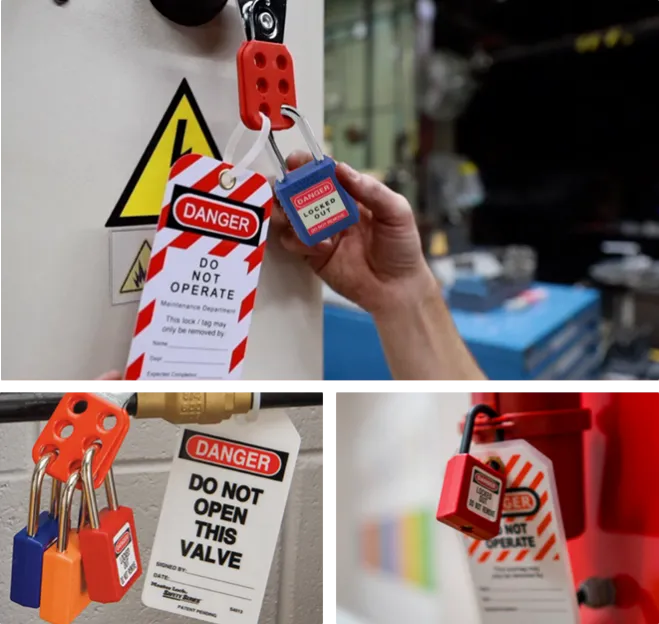
LOTO Protocol
Construction, agriculture, and maritime operations
Oil and gas well drilling and servicing
Installations under the exclusive control of electric utilities
Work on cord-and-plug-connected electrical equipment in which equipment is unplugged and the authorized employee has exclusive control of the plug
Servicing, maintenance, minor tool changes or adjustments, and hot tap operations wherein employees are sufficiently protected by other safeguarding measures

From October 2020 to September 2021, the OSHA lockout tagout standard has had 1,440 citations amounting to a total penalty of $9,369,143. This means that the average penalty for a lockout tagout citation is $6,506. To avoid incurring such penalties for one of the most violated OSHA standard, safety supervisors need to be aware of common OSHA lockout/tagout violations such as:
Failure to identify and isolate all energy sources
Failure to shutdown
Failure to de-energize
Failure to drain residual energy
Failure to provide lock out tag out training
Failure to create equipment-specific LOTO procedures
Failure to conduct periodic LOTO inspections
Failure to establish a lockout tagout program
Failure to develop and enforce a lock out tag out policy

Cited in OSHA interpretations and private sector materials, the Z244.1 Standard is a significant standard used by many, if not most, SH&E professionals as a resource for addressing control of hazardous energy and lockout/tagout. The scope and purpose of the standard is to establish requirements for the control of hazardous energy associated with machines, equipment, or processes that could cause injury to personnel. The purpose of this standard is to establish requirements and performance objectives for procedures, techniques, designs and methods that protect personnel where injury can occur as a result of the unexpected release of hazardous energy. Unexpected release of hazardous energy can include any unintended motion, energization, start-up or release of stored energy, deliberate or otherwise, from the perspective of the person(s) at risk.